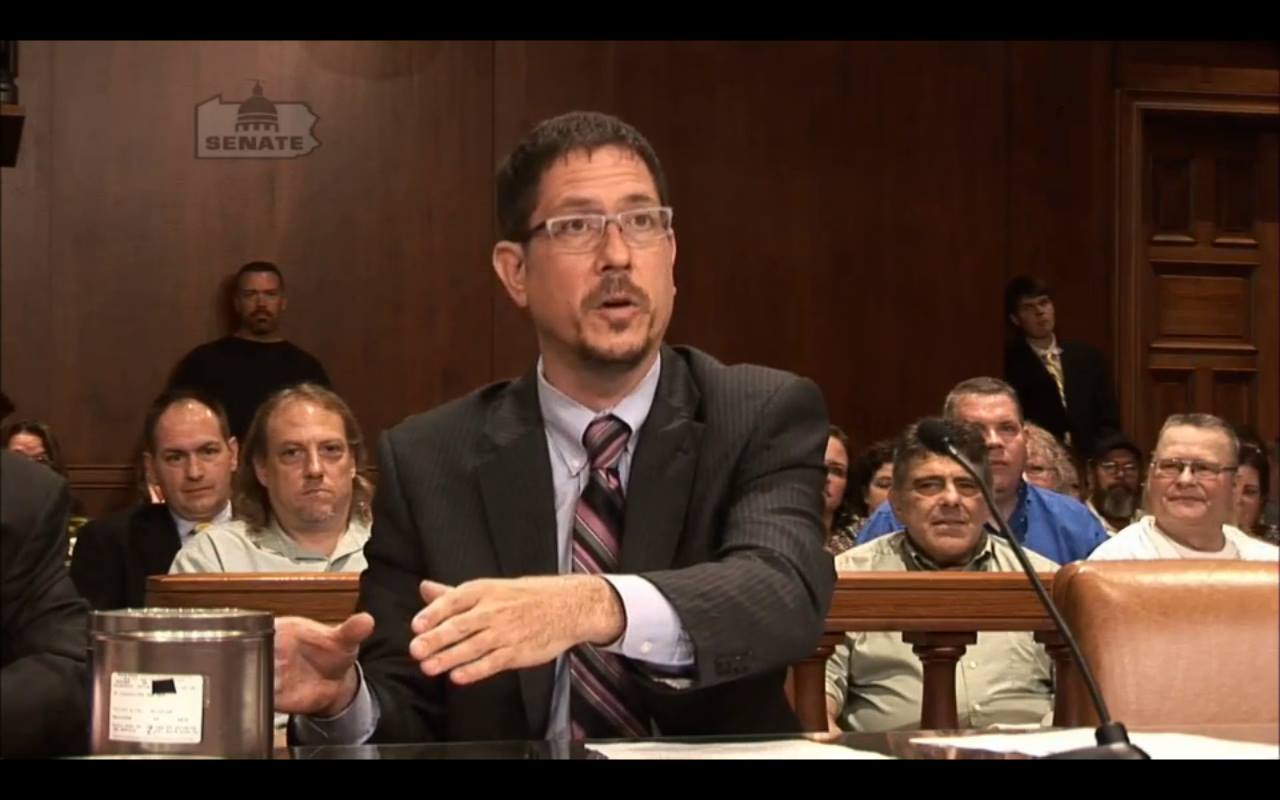Debunking the Refine of Federal Appeals: What You Need to Know
Browsing the elaborate realm of federal charms can usually feel like traversing uncharted waters for those not familiar with the process. Comprehending the nuances of appellate court jurisdiction, the complexities of submitting a notification of charm, providing an engaging short, and making an influential dental debate are essential parts that can dramatically influence the end result of an instance. By unraveling the layers of intricacy bordering government allures, people can get a more clear understanding into the mechanisms that govern this crucial stage of the legal system.
Understanding Federal Appeals Refine
Exploring the complex realm of the federal appeals process unveils a structured and systematic journey through the judicial system. Federal appeals work as a critical device for reviewing decisions made by reduced courts. Recognizing this procedure is vital for anybody associated with legal process at the government level.
The procedure normally begins with a party disappointed with a reduced court's ruling submitting a notice of allure. This causes an evaluation by a higher court, where a panel of courts evaluates the legal arguments offered by both celebrations. Briefs describing the lawful reasoning behind each party's placement are sent, and oral arguments might be heard to clear up complex issues.
The appellate court's choice is based on a detailed exam of the reduced court's proceedings and the arguments offered. When the appellate court reaches a decision, it can attest, turn around, remand, or modify the reduced court's judgment, offering clarity and finality to the lawful conflict.
Appellate Court Jurisdiction Explained
As we proceed from recognizing the federal appeals procedure to exploring the intricacies of appellate court territory, an essential element comes to light pertaining to the authority and limitations of these higher courts in the lawful landscape. Appellate court jurisdiction describes the range of cases that a certain appellate court has the power to examine and decide upon. Unlike test courts that hear cases for the first time, appellate courts are restricted to examining decisions made by reduced courts. These decisions can include judgments from both state and federal courts.
Appellate courts have territory over particular sorts of cases, normally those involving legal mistakes, procedural problems, or inquiries of law rather than valid disputes. The jurisdiction of appellate courts is normally outlined in statutes and regulations that control the court system. Comprehending appellate court territory is crucial for celebrations entailed in the allures process as it figures out whether an instance is qualified for review and the extent to which the appellate court can intervene in the reduced court's choice.
Declaring a Notice of Appeal
The preliminary action in starting the government allures procedure involves filing a Notice of Appeal with the suitable appellate court. This vital record officially alerts the court and the various other parties associated with the case that the appealing party intends to seek a review of the lower court's decision. Filing a Notice of Appeal is a strict procedural need that establishes the appellate procedure moving.
When preparing the Notification of Allure, it is important to ensure compliance with the specific rules and standards of the pertinent appellate court. federal appeal attorneys. The file should generally include details such as the instance name, the reduced court's name, the date of the judgment being appealed, and a concise statement showing the premises for the charm

Briefing and Dental Argument
In the appellate process, offering written briefs and taking part in dental disagreements play crucial roles in promoting for the appealing event's position before the appellate court. Briefs are thorough legal files that detail the parties' disagreements, lawful authorities, and evaluation supporting their settings. These composed entries provide the court with a thorough understanding of the facts of the case, the appropriate regulation, and why the appealing event believes the lower court's decision must be rescinded.
Following the submission and evaluation of the briefs, dental debates offer the parties an opportunity to additional clarify their settings, resolve any kind of questions the appellate judges may have, and highlight essential points from their composed briefs. Dental debates are an opportunity for the lawyers to encourage the courts through spoken campaigning for and responses to inquiries from the bench.
Both the written briefs and oral arguments are essential elements of the appellate process, allowing parties to provide their situation completely and compellingly before the appellate court. - federal appeal attorneys
Getting the Appellate Court Decision
Upon completion of oral arguments and entry of created briefs, the following essential phase in the appellate process involves waiting for the crucial judgment from the appellate court. This period of anticipation can be full of a mix of anxiety and wish for parties associated with the appeal. The appellate court's choice is typically supplied in a created style and describes the court's conclusions on the lawful problems presented, the thinking behind their choice, and the judgment rendered. The time framework for getting the appellate court's decision can vary, but courts make every effort to supply timely resolutions. Once the decision is issued, parties have to very carefully evaluate the court's judgment to comprehend the outcome and establish any type of further actions that may be essential. Whether the appellate court verifies, reverses, or remands the reduced court's decision, comprehending the implications of the judgment is important for all parties included in the appellate process. Consequently, immediately reviewing and understanding the appellate court's choice is vital in navigating the next action in the legal process.
Conclusion
Understanding the appellate court jurisdiction, filing a notice of appeal, preparing briefs, and presenting dental debates are all essential parts of this procedure. Inevitably, obtaining the appellate court choice can supply clearness and resolution to legal disputes.
As we progress from understanding the government allures procedure to exploring the complexities of appellate court jurisdiction, a fundamental facet comes to light relating to the authority and limitations of these higher courts in the legal landscape. Appellate court territory refers to the extent of situations that a particular appellate court has the power to decide and review upon. Unlike test courts that hear cases for the initial time, appellate courts are restricted to evaluating decisions made by reduced courts. Recognizing appellate court territory is important for parties entailed in the charms process as it establishes whether a situation is eligible for evaluation and the extent to which the appellate court can interfere in the lower court's choice.
